Southern Footprints: Exploring Gulf Coast Archaeology
By Gregory A. Waselkov and Philip J. Carr
The University of Alabama Press
August, 2024
400 Pages, 33 B&W figures, 149 color figures
Hardcover: $120.00; Paperback: $29.95; eBook: $29.95
Genre: Nonfiction, Archaeology
Reviewed by Ian W. Brown
A cornucopia filled with potpourri. Recently, I had the good fortune to visit the Rijksmuseum in Amsterdam, where I got to experience firsthand, in their place of origin, the works of the Old Masters. I have always been amazed by the realism expressed in the art of Rembrandt, Vermeer, Steen, Hals, and others, but what I have come to appreciate even more of late are the still lifes that these great painters and their pupils produced. To bring to life inanimate objects, either natural ones like flowers, food, rocks, and dead animals, or human-made artifacts such as drinking glasses, pipes, and coins is truly an incredible achievement. And when such objects flow out of a cornucopia, a sturdy horn-shaped container, one experiences a strong sense of abundance and nourishment. Substitute dried fragrant plants for these objects, and a medley of scents is produced, a thing of beauty that affects both sight and smell. With this in mind, I characterize Southern Footprints: Exploring Gulf Coast Archaeology as a cornucopia teeming with potpourri.
Co-authors Gregory A. Waselkov and Philip J. Carr have spent their careers as Professors at the University of South Alabama, with Waselkov now enjoying emeritus status. The book they have written represents over half a century of projects conducted by the Center for Archaeological Studies (initially the Archaeological Research Laboratory). Out of approximately 1,300 projects conducted under the umbrella of this institution, the current total of this horn of plenty, a selection was made of some of the most interesting cases, the potpourri, if you will.
Southern Footprints is divided into eleven parts as follows: South Alabama, Site Discovery, Archaic Period (9500–1000 BC), Woodland Period (1000 BC–AD 1150), Mississippian Period (AD 1150–1700), French Colonial Period (1699–1763), Colonial Plantations, Late Colonial/Early Federal Period (1764–1859), Civil War Era (1860–1868), Late Nineteenth Century, and Modern Times (1900–Present). Each of these parts contains between two and seven chapters, generally devoted to interesting sites that were explored by university archaeologists. The chapters are only five or six pages long, so they only just begin to whet the appetite. Text provides important intellectual content, while high-quality photos of excavations, maps, and artifacts stimulate the visual senses. The paper is of such a quality that the color photographs jump from the page, so thanks are due to the University of Alabama Press for this attention.
The wise reader will pay attention to the bounty of footnotes tacked on to each chapter. If ever anyone wants to know more about dugout canoes, the Gulf Shores Canoe Canal, the Dauphin Island Shell Mounds, Old St. Stephens, Historic Blakeley Park, Fort Mims, Spring Hill College, or Lucrecia Perryman’s Well, the extensive footnotes are the place to continue the search. For all of these sites, and for many more that I do not list here, one comes to appreciate archaeology’s role in improving our understanding of the past. When used in combination with written historical resources, archaeology is an extremely important tool. The authors clearly show, however, that archaeology is not a mere handmaiden to history. It can confirm, or it can correct. Moreover, it also can supplement. The artifacts found are studied and saved, not merely fodder for exhibition. They are an important part of the bounty. With each shovel or trowel applied to the earth, the cornucopia keeps on producing.
The work of University of South Alabama scholars began around 1970 with the arrival of Noel Read Stowe and his Fort Condé project. It expanded markedly in 1988 when Gregory Waselkov came to the university. Four years later, he established the Center for Archaeological Studies, which then became actively engaged in CRM archaeology. Numerous staff archaeologists were hired over the years to conduct projects and direct field schools, as students have always been very active in Waselkov’s and Carr’s many projects. It is impossible to list the many people responsible for the hundreds of excavations and reports the Center for Archaeological Studies produced, but a few archaeologists stand out as major contributors whose work should be identified. In addition to Waselkov, Carr, and Stowe, these include Bonnie Gums, George Shorter, Rick Fuller, Diane Silvia, Sarah Mattics, Sarah Price, and Ashley Dumas. There are many more, to whom I say thank you for all that you have done to bring Gulf Coast archaeology to life, as represented in this wonderful book. I stand in awe of your many contributions. For half a century and running, you have left very large southern footprints that will stand the test of time.
Ian W. Brown is Emeritus Professor of Anthropology at the University of Alabama and Emeritus Curator of Gulf Coast Archaeology at the Alabama Museum of Natural History. He is a Fellow of the London Society of Antiquaries.

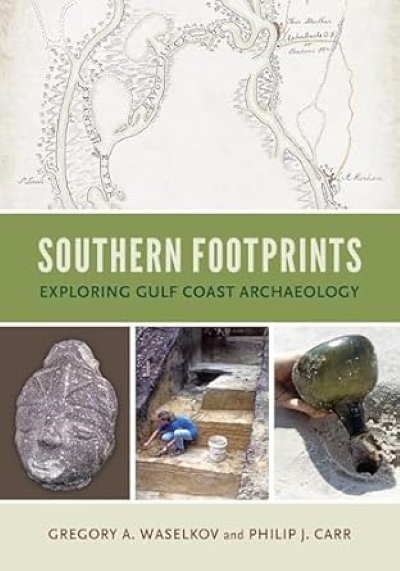
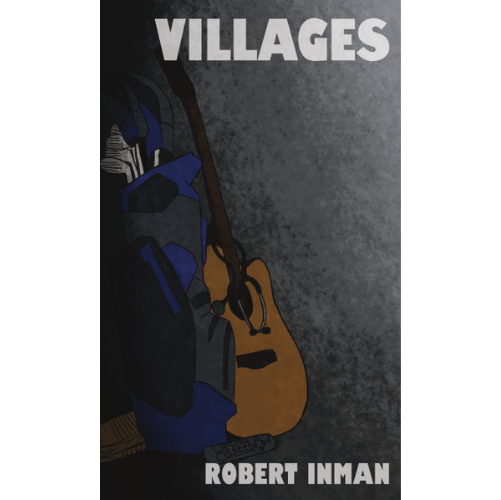
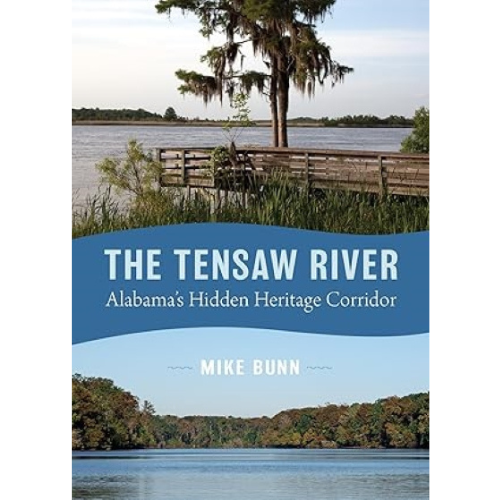
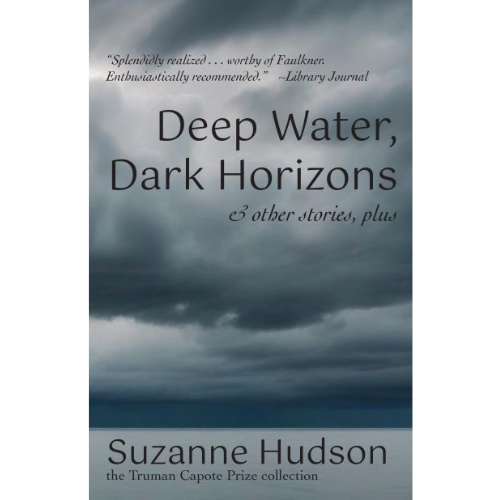
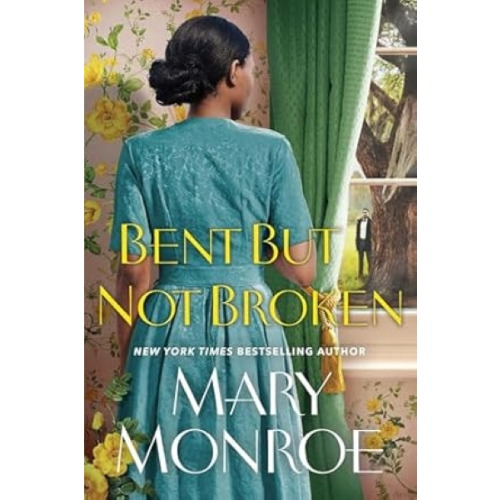

Leave A Comment
You must be logged in to post a comment.